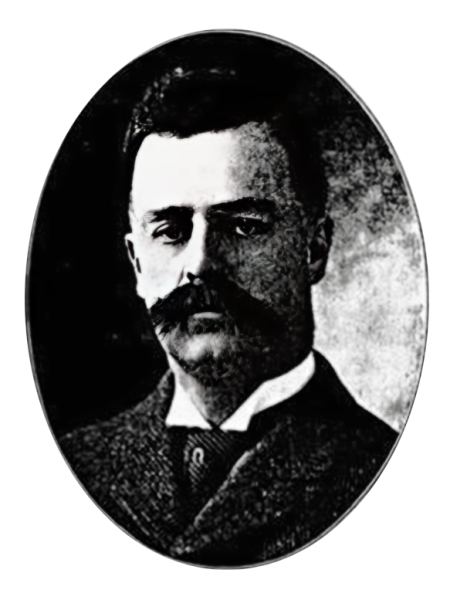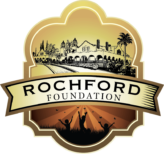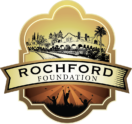ALBERT BURRAGE


Albert Burrage | 1901-1926
Albert Burrage was born in Massachusetts in 1859 to George and Aurelia Burrage, decedents of old New England families. When Albert was three years old, his father’s chair-making business was destroyed by fire and the family moved west. Eventually his father was befriended by and became partners with a wealthy landowner who had the good idea of planting vineyards on thousands of acres of what is now Napa Valley.
Burrage’s early education was in California; he graduated from Harvard University in 1883, was admitted to the Massachusetts bar in 1884, and began his career as a lawyer. He married Alice Hathaway Haskell in 1885; together they had four children.
Burrage began to amass enormous wealth in the 1890s. Working on behalf of Brookline Gas Company, he discovered a legal loophole granting rights to extend gas lines into the city of Boston, effectively ending a gas monopoly there. Brookline Gas was acquired by Standard Oil, and Burrage was paid an $800,000 fee as counsel—said at the time to be the largest fee paid “in the history of the world.” By the end of the century, Burrage had major positions in both Standard Oil and Amalgamated Copper and was regarded as one of the preeminent men of the era.
By 1904, Burrage owned a 220-foot, steam-powered yacht and three residences: a magnificent mansion on Commonwealth Avenue in Boston—constructed with Italian marble, rare mahogany, stained glass and boasting hundreds of gargoyles, cherubs, dragons, griffins, lions, and human faces carved into the exterior— as well as an Italian villa at Cohasset and the Redlands mansion, known to the family as the “cottage.”
Burrage also established a residential hospital on Bumpkin Island in Massachusetts for children with orthopedic illnesses, where treatment emphasized fresh air, fresh milk, and healthy living. He was an avid horticulturist; by 1922, he had assembled the largest collection of tropical orchids in the world—over 1200 plants.
The Burrage wealth quickly disappeared after his death in 1931. His estate, thought to be worth $6M, was really $1.8M in the red. Alice Burrage used $1.8M of her own money to settle the debts. The Burrage sons were in debt to their mother for hundreds of thousands of dollars and were listed as liabilities in her probate record of 1947.

